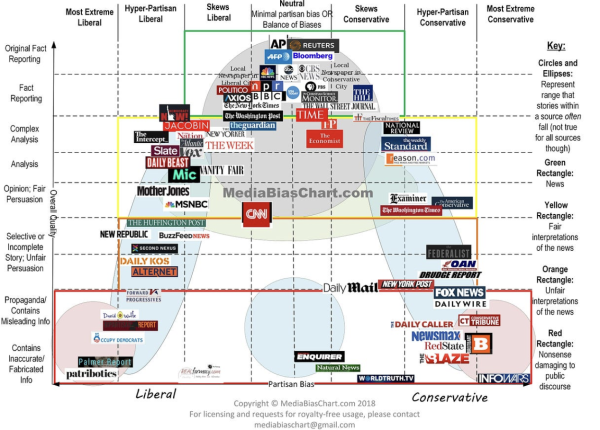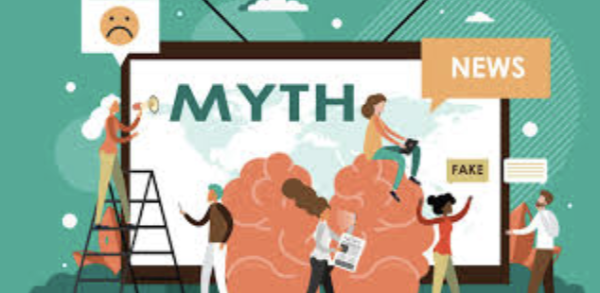In today’s world, information is everywhere. It is on social media, news outlets, blogs, and even in casual conversations. It is very easy to take everything you see and hear as factual, but in reality, it is not. Misinformation, defined as false or misleading information, can spread quickly and influence decision-makers with inaccurate sources. As intelligent and self-sufficient individuals in society, it is essential to be informed about political, social, and economic issues. There are 6 easy steps to check yourself and the information you are learning.

1. Verify your sources: It is essential to identify your information to understand what you are learning. Checking if the source is reliable or not is the first step. Reputable media sources, such as the New York Times, are dependable, while those like Wikipedia are not.
2. Cross-check information: Even trustworthy sources can be wrong. Double-check the data they cite by looking up the research done to ensure its accuracy.

3. Develop Critical Thinking Skills: Critical thinking skills are essential for analyzing and evaluating information logically. Ask yourself questions such as: Who benefits from this information? Does evidence support it? Could it be misleading? Questioning information does not mean rejecting it; instead, it creates a thoughtful assessment process.
4. Understand Your Biases: Everyone has biases when interpreting information. A good step to take is to look up the stance of the individual. By understanding their background, political preference, and beliefs, you can better evaluate whether the information they are supplying feels neutral or skewed in one direction.

5. Use Fact-Checking Tools: There are various fact-checking organizations, such as PolitiFact or the Associated Press Fact Check, that can provide clarity on information. Incorporating these tools into your routine, you can better debunk false data and sources.
6. Limit Social Media Dependence: Social Media platforms are breeding grounds for misinformation. They target people through advanced algorithms that show users videos that fit their preferences. This means that the information shared with you is strategically tailored to suit the individual’s viewpoint, even if it may be incorrect or false.


